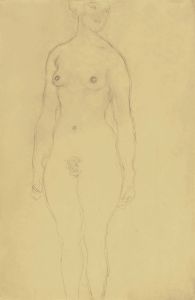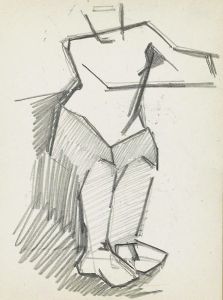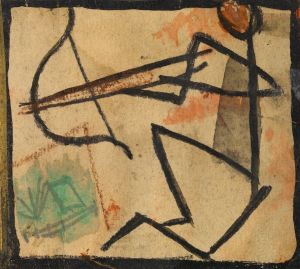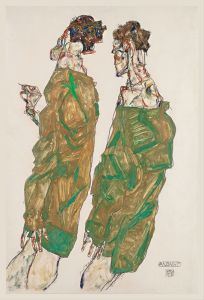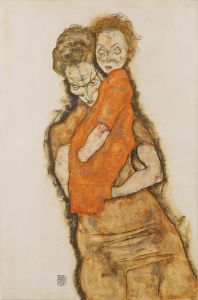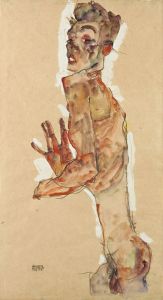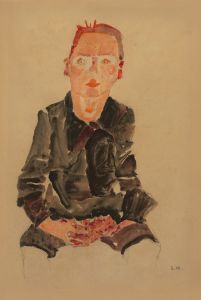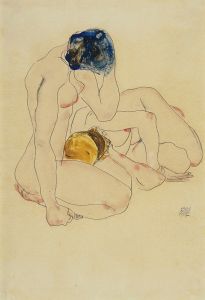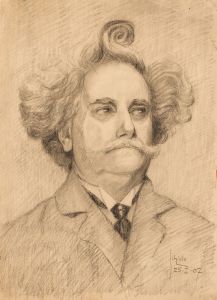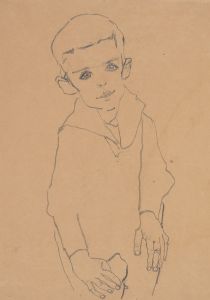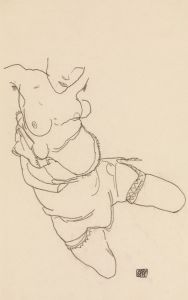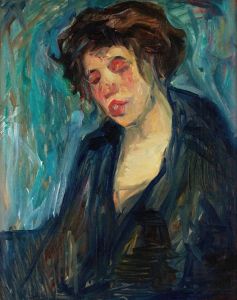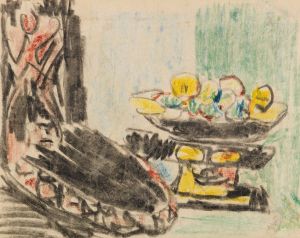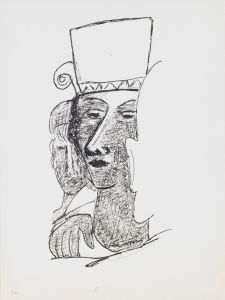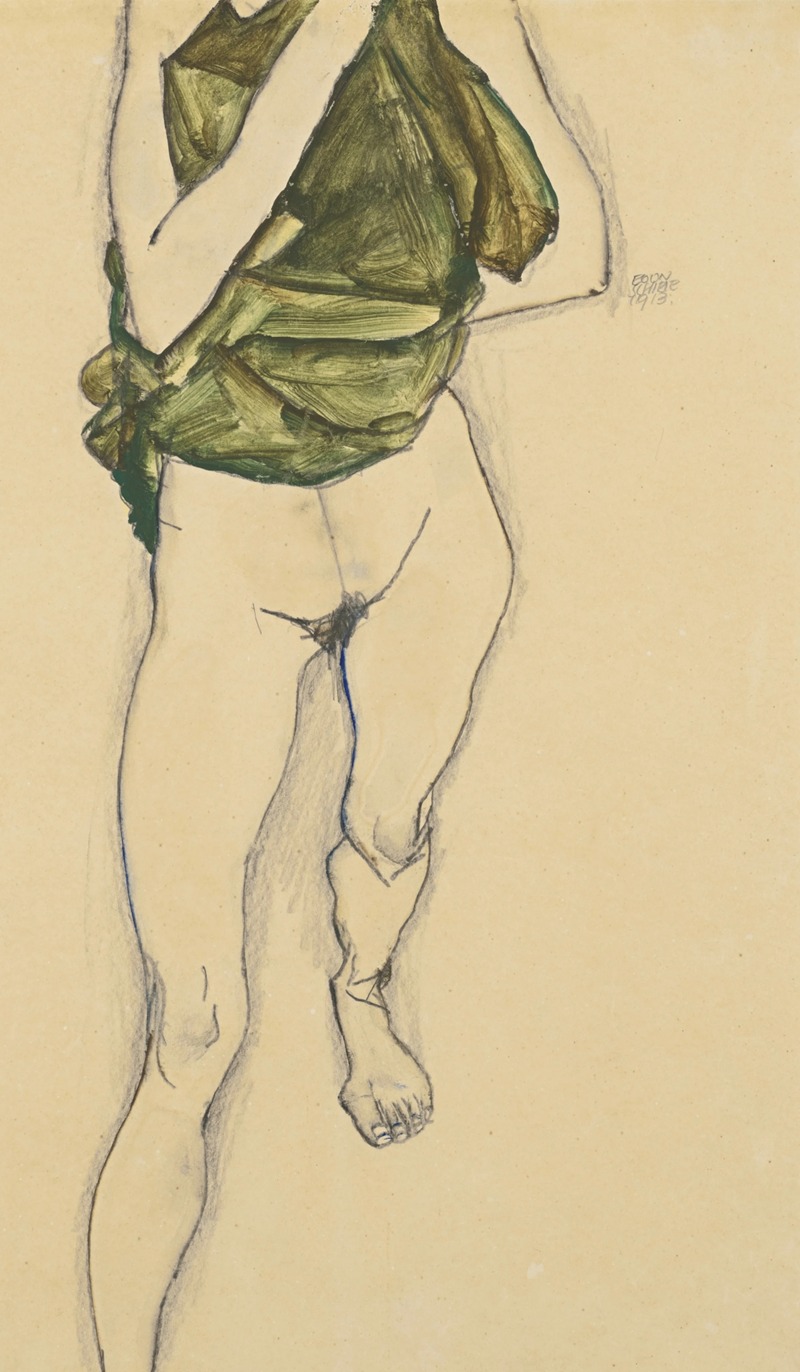
Schreitender Torso in Grünem Hemd
A hand-painted replica of Egon Schiele’s masterpiece Schreitender Torso in Grünem Hemd, meticulously crafted by professional artists to capture the true essence of the original. Each piece is created with museum-quality canvas and rare mineral pigments, carefully painted by experienced artists with delicate brushstrokes and rich, layered colors to perfectly recreate the texture of the original artwork. Unlike machine-printed reproductions, this hand-painted version brings the painting to life, infused with the artist’s emotions and skill in every stroke. Whether for personal collection or home decoration, it instantly elevates the artistic atmosphere of any space.
Egon Schiele, an Austrian painter known for his distinctive and often provocative style, created the artwork "Schreitender Torso in Grünem Hemd" (translated as "Walking Torso in Green Shirt") during his brief but prolific career in the early 20th century. Schiele, a protégé of Gustav Klimt, was a leading figure in Austrian Expressionism, and his work is characterized by its raw emotional intensity and exploration of the human form.
"Schreitender Torso in Grünem Hemd" exemplifies Schiele's fascination with the human body and his innovative approach to depicting it. The painting features a male figure, partially clothed in a green shirt, captured in a dynamic pose that suggests movement. Schiele's use of bold lines and stark contrasts highlights the tension and energy within the figure, a hallmark of his style. The emphasis on the torso, rather than the complete figure, draws attention to the physicality and vulnerability of the human form, a recurring theme in Schiele's oeuvre.
Schiele's work often delved into themes of sexuality, identity, and existential angst, reflecting the broader cultural and social upheavals of his time. Born in 1890 in Tulln an der Donau, Austria, Schiele showed artistic promise from a young age and went on to study at the Academy of Fine Arts in Vienna. However, he soon grew dissatisfied with the conservative approach of the institution and sought inspiration from more avant-garde movements and artists, including Klimt, who became a mentor and supporter.
Throughout his career, Schiele's work was marked by its intensity and often controversial subject matter. He frequently used himself and those close to him as models, exploring themes of introspection and personal identity. His distinctive style, characterized by elongated forms, exaggerated gestures, and a stark, almost skeletal depiction of the human body, set him apart from his contemporaries and established him as a key figure in the Expressionist movement.
"Schreitender Torso in Grünem Hemd" is a testament to Schiele's ability to convey complex emotions and psychological depth through his art. The painting's composition, with its focus on the torso and the dynamic pose, invites viewers to engage with the subject on a visceral level. Schiele's use of color, particularly the vibrant green of the shirt, adds an additional layer of meaning and intensity to the work.
Tragically, Schiele's career was cut short when he died in 1918 at the age of 28, a victim of the Spanish flu pandemic. Despite his brief life, Schiele left behind a significant body of work that continues to be celebrated for its emotional power and innovative approach to the human form. His influence can be seen in the work of later artists and his paintings remain highly regarded in the art world.
"Schreitender Torso in Grünem Hemd" is a striking example of Schiele's artistic vision and his ability to capture the complexities of the human experience. Through his bold use of line, color, and composition, Schiele invites viewers to confront the raw and often unsettling realities of the human condition, making his work as relevant today as it was in the early 20th century.





